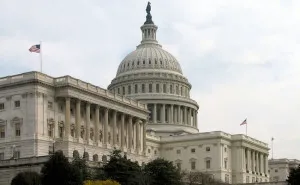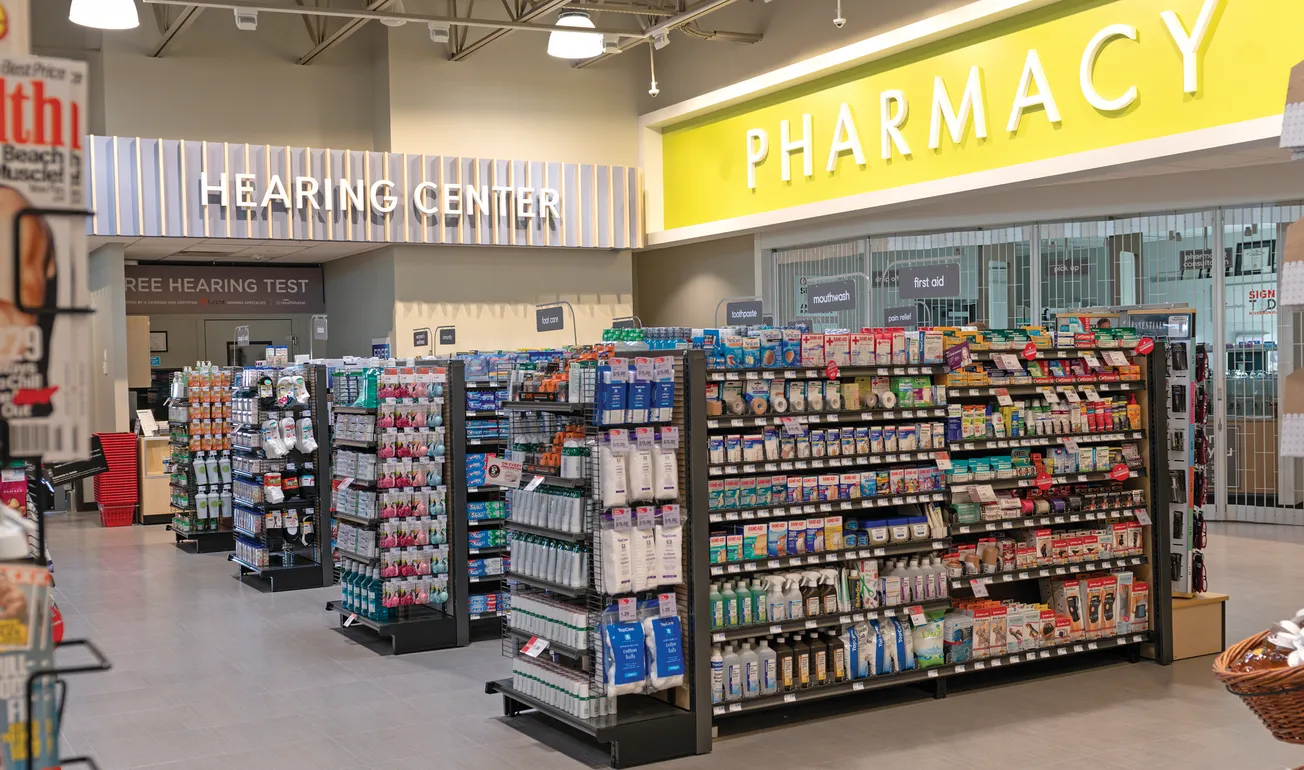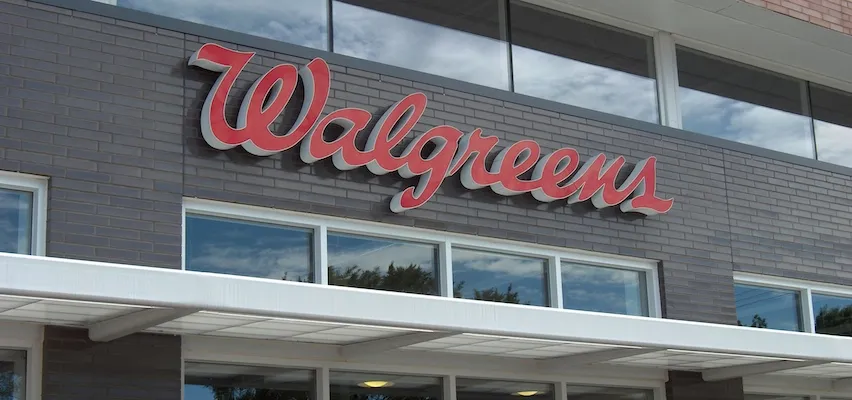Community pharmacies are a pillar of neighborhoods today. The pharmacists in these pharmacies play a critical role in delivering health care to patients in their communities, as they have many more touchpoints with patients than insurance plans or other health care providers. These interactions create an environment that is pivotal to improving patient access to health care and health care outcomes while lowering health care costs.

Chris Smith
But pharmacies, and in turn pharmacists, who are in the best position to help reach the goal of lower health care costs, are not operating in a viable and sustainable business environment. In today’s business environment pharmacies face increasing financial pressures due to variations in how pharmacy benefit managers reimburse pharmacies and institute various network strategies in Medicare Part D, Medicaid and increasing pressures on price in commercial networks.
The top three PBMs manage approximately 70% of the 60,000 U.S. pharmacies, which have approximately 21,000 ownership entities. The top seven PBMs and plans manage approximately 92% of the volume. In all, between 92% and 95% of all prescriptions filled are paid for in whole or in part by a third-party payer. The overall pressure to reduce costs in the health care ecosystem has trickled down to pharmacies in the form of decreased reimbursement rates, direct and indirect reimbursement (DIR) fees, and increasing PBM service fees.
According to industry data, pharmacies operate on the lowest margins of all entities in the health care system. Pharmacy DIR fees now total more than 6% of Medicare Part D pharmacy sales, average greater than 1.5% of overall pharmacy sales and reduce gross profit dollars by more than 5%. By comparison, pharmacy DIR fees totaled less than 1% of Medicare Part D pharmacy sales as recently as the first quarter of 2015.
While the Centers for Medicare and Medicaid Services (CMS) has taken steps to help alleviate the financial struggles for pharmacies through the recently proposed pharmacy DIR fees reform, additional steps can be taken to further address the situation for financially stressed pharmacies.
(click to enlarge)
Establish a Standardized Pharmacy Quality Program
In evaluating Inmar’s pharmacy clients, which include national and regional chains, health system pharmacies, long-term care, specialty and independent retail pharmacies that, collectively, comprise approximately 25% of the entire pharmacy industry, we found major inconsistencies in how each PBM and plan execute varying DIR fees practices.
The variations, including unrelated and undefined DIR metrics, definitions, methodologies and processes, have a negative impact on pharmacies. CMS originally created the DIR reporting requirements to provide visibility to the overall cost of Medicare Part D medications, to ensure accurate Medicare payments to plan sponsors, and to reduce the financial burden on beneficiaries and CMS. But it is clear that none of the three objectives have been achieved and now pharmacies must turn to expensive accounting and financial systems, which add costs to the health care system, to help forecast, track and analyze the impact of DIR.
These costs can be avoided if CMS standardizes and aligns performance program criteria, allowing pharmacies to redirect resources from the accounting and financial systems and dedicate the funds to improving patient outcomes and reducing the total cost of care. Many pharmacies, especially specialty pharmacies, are being assessed DIR on metrics that aren’t pertinent to the diseases their patient population exhibits and causes them to have underperforming scores and more DIR fees.
Eliminating Point-of-Sale Price Concessions
When DIR was an early entrant to the pharmacy marketplace, its fee structure was based on a per prescription or percentage of ingredient cost that is assessed based on the amount PBMs and plans reimburse the pharmacy for the medication, excluding any dispensing fee, plus the co-pay paid by the patient. However, over time, the criteria used to calculate DIR fees have changed significantly, with the majority of DIR fee chargebacks occurring months after the initial transaction. This process has complicated matters for pharmacies, as there is a lack of transparency that prohibits the pharmacy from reconciling the amount of DIR taken on a claim level and unpredictable liability as to what the pharmacies owed.
If DIR fees were calculated during the point-of-sale process, the pharmacy would know the exact price charged to the patient and how much DIR will be assessed to the pharmacy. When DIR fees are applied after the point of sale, the pharmacy is unaware of the profit earned from each sale and overall pharmacy revenue, creating unnecessary financial risk.
Establishing a standardized pharmacy quality program and eliminating point-of-sale price concessions would provide pharmacies a stable business environment that enables them to maximize patient care without operating at a financial loss. Pharmacy management teams will be able to better understand the potential impact on their business and have clarity around the program’s effectiveness. Beneficiaries will ultimately receive improved quality of care and lower out-of-pocket expenses.
Chris Smith is director of product strategy – provider solutions at Inmar.








